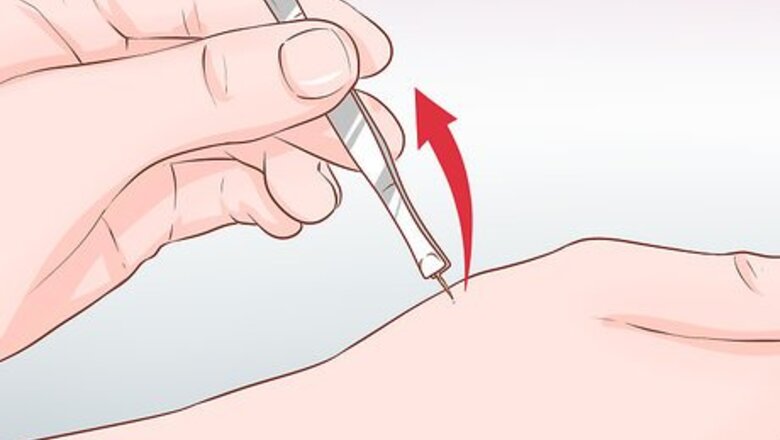
views
Treating a Sting at Home
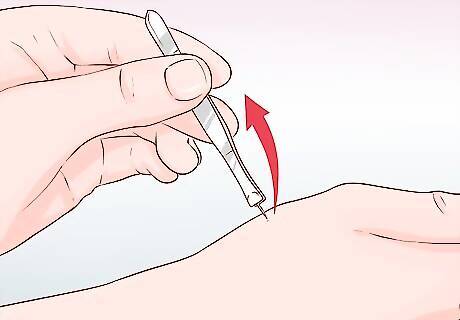
Remove the stinger if necessary. If the stinger is still in place, remove it immediately by scraping over it with a blunt object, such as a credit card or fingernail. You can also remove it with tweezers or pliers, but try not to squeeze the venom sac, as this will cause more venom to be released. Only remove the stinger if the person can remain still. Young children or babies who have been stung may be too fidgety to safely remove a stinger. If you cannot remove the stinger, visit a doctor to have the stinger removed.
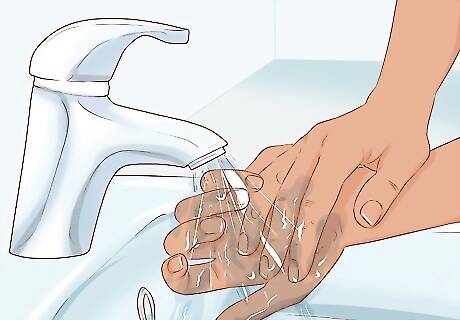
Wash the area with soap and water. After removing the stinger, you'll want to wash the puncture wound. Gently wash the wound with tap water and soap, using paper towel or a clear cloth. If you have antibacterial spray or ointment, apply it to the wound after washing it.
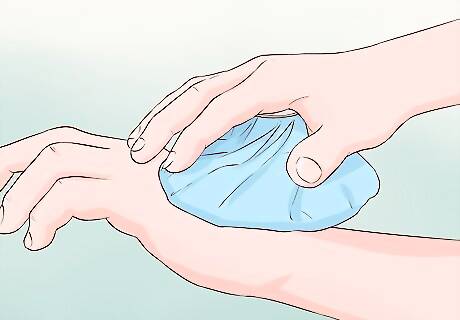
Ice the area. If you don't have a reaction beyond mild pain, you can treat the sting with ice. Wrap a bag of ice or an ice pack in a clean cloth or other covering. Place it over the puncture wound for 10 minutes. Then, remove the ice for 10 minutes. Ice your wound 10 minutes on and 10 minutes off as pain persists.
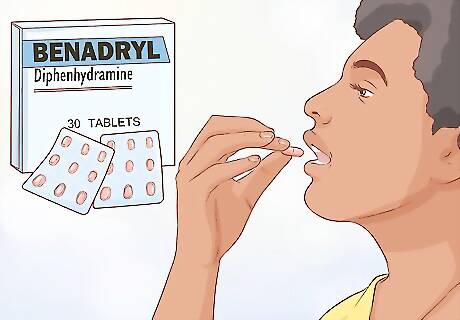
Provide over-the-counter medication. If you notice minor symptoms like swelling and pain, take an over-the-counter medication. The antihistamine medicine diphenhydramine (Benadryl) can be taken orally to reduce itching. Take ibuprofen or acetaminophen as needed for pain, following the dosing instructions on the package. If you're on any existing medication, make sure it's safe to take with over-the-counter medications. This is only intended to treat mild symptoms. Severe swelling and pain should be evaluated by a doctor.
Seeking Medical Care
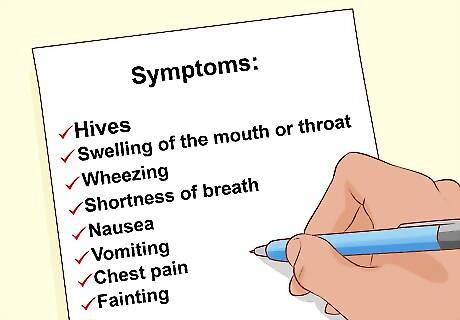
Recognize a severe allergic reaction. Some people may have allergies to the venom in wasps. Severe allergic reactions can cause major health problems and may lead to death if untreated. It's vital you're able to recognize a severe allergic reaction so you can seek emergency medical assistance. Symptoms include: Hives, which are raised itchy bumps on the skin Swelling of the mouth or throat Wheezing Shortness of breath Nausea Vomiting Chest pain Fainting
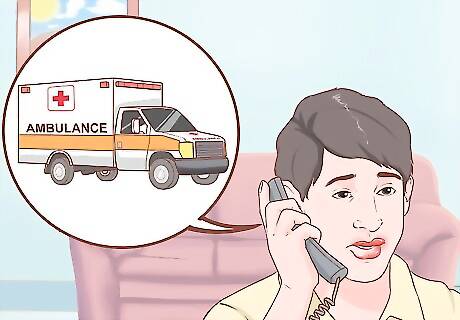
Seek emergency treatment for an allergic reaction. If you have any signs of a severe allergic reaction, call for an ambulance or have someone take you to emergency care. A severe reaction can quickly lead to anaphylaxis and death. A medic could save your life with an epinephrine injection or other emergency treatment.
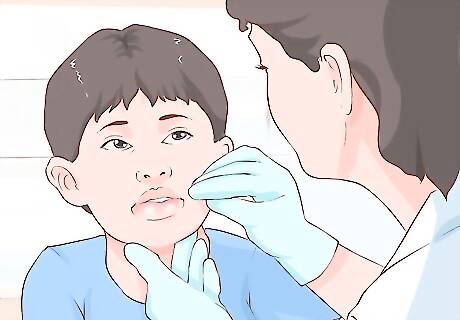
Seek medical care for risky stings. Even if there are no signs of an allergic reaction, visit a doctor immediately if any of the following apply: The victim was stung more than 10 times. The sting happened near or inside the mouth or throat, which can interfere with breathing. The victim is an infant, child, or elderly person. If the wasp stung an eyeball, visit an ophthalmologist (eye doctor).
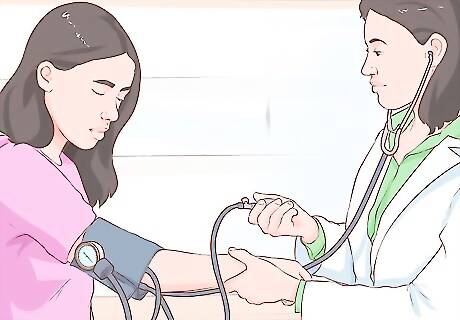
See a doctor for less severe cases. If you are uncomfortable but do not have any of the symptoms listed above, you can still visit a doctor for advice. A doctor will perform an examination in which they take your vital signs, like blood pressure, pulse, and temperature. Depending on the severity of your symptoms, and your current health and medical history, your doctor will recommend a course of treatment to stop the reaction.
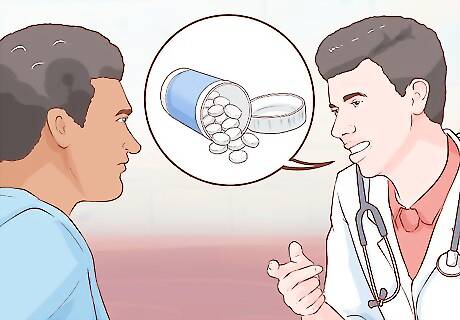
Take any medications your doctor recommends. Your doctor will recommend medication to treat your symptoms. For a milder reaction, your doctor my prescribe painkillers, antihistamines, and topical corticosteroids. For a more intense reaction, your doctor my prescribe a round of oral corticosteroids that you take for three to five days. Make sure to follow your doctor's instructions carefully when taking any medications.
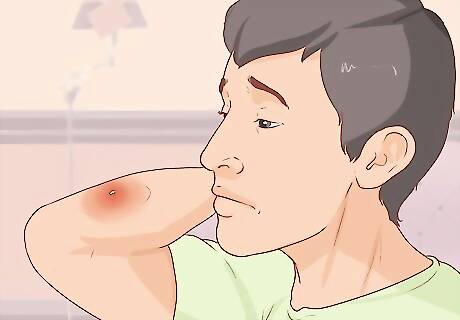
Watch for signs of infection. If the symptoms around the sting site get worse, seek medical attention immediately. Possible signs of infection include increased pain and swelling, redness, pus drainage, or fever.
Preventing a Reoccurrence

Ask a doctor about a sting emergency kit. If you had a significant allergic reaction to a wasp sting, ask a doctor about emergency treatments you can carry with you. A self-administered epinephrine injection such as an EpiPen could save your life. Also consider wearing a medical alert bracelet whenever you go out.
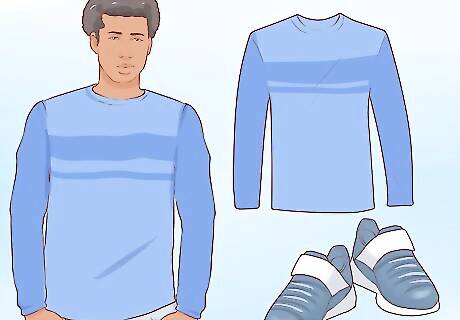
Wear protective clothing and shoes outdoors. When outdoors, opt for long-sleeved shirts and pants over t-shirts and shorts, especially if you're doing something like hiking where you're likely to encounter bugs. You should also always wear close-toed shoes when going in grassy areas. You can get stung by stepping on a bee or wasp.
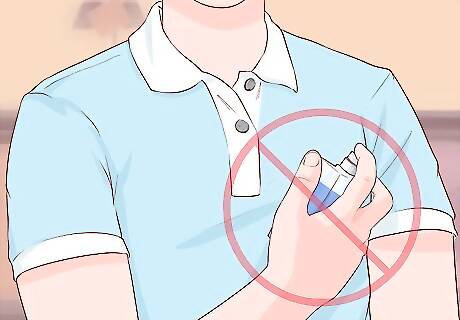
Minimize strong scents when going outside. Strong smells can attract bees and wasps. Avoid using scented products when outside for long periods. You should also keep natural smells, like sweat, in check. Use non-scented deodorant and antiperspirant to keep wasps and bees away.

Keep outdoor areas free of food. Always clean up after things like picnics and barbecues. Built up food outside can attract bugs like wasps and bees. In general strive to eat inside to minimize your exposure to bugs.




















Comments
0 comment